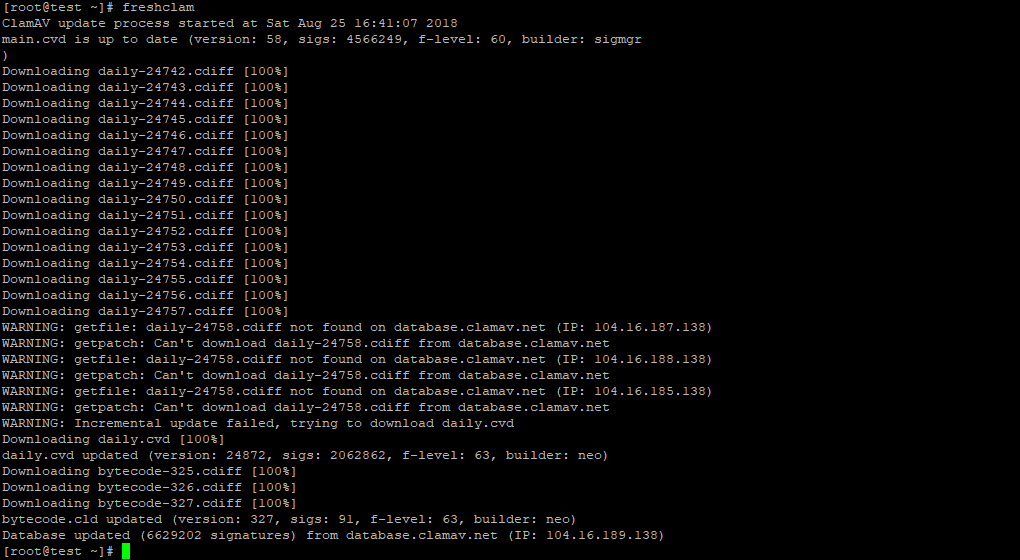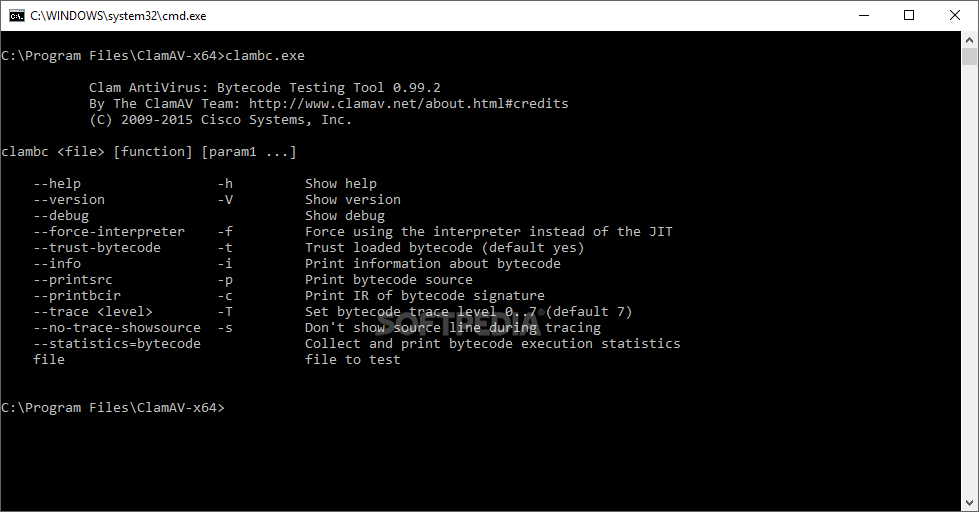



Once you’re in, look for “Boot” or “Boot Order.” Make sure your USB drive is on the top. Generally, you may access your BIOS by repeatedly pressing either F1, F2, F10, F12, or Del. To properly boot from a USB drive, you will have to configure your motherboard’s BIOS to boot from the USB drive.

Since we are using the Linux-native ClamAV to scan for viruses and other threats infecting your system, you can also use Arch and Fedora if you are more familiar with them.īefore going any further, flash the distro of your choice to your USB drive by using a tool like balenaEtcher. For simplicity’s sake, many of the instructions in this tutorial will be relevant to Ubuntu. In the majority of cases, Ubuntu presents a compelling option, with its large repository, graphical interface, and ease of use. You can boot directly into your Linux OS and run the following steps. Note: if you have already dual-booted your system with Linux and Windows, there is no need to use a live Linux USB drive. A sandboxed environment that doesn’t get contaminated by what’s affecting your Windows installationįor most use cases, especially when removing infections affecting the file system, using a live Linux distro is the path of least resistance.Access to a package manager that lets you install applications on the fly to a temporary space.A graphical environment to use on your system.Sure, you can flash Windows onto a USB drive and just use its recovery command line, but your options there are limited.įlashing a USB drive with a Linux distro gives you several advantages, such as: If your Windows desktop refuses to boot properly in safe mode, and you’d like to explore the file system and operate the computer, you will need a live environment for that.


 0 kommentar(er)
0 kommentar(er)
